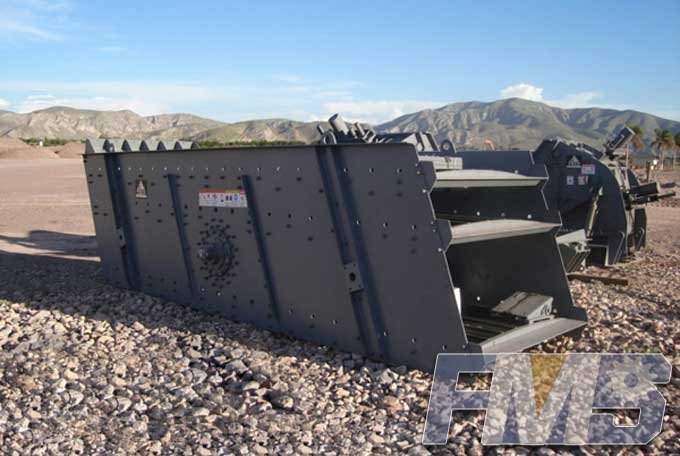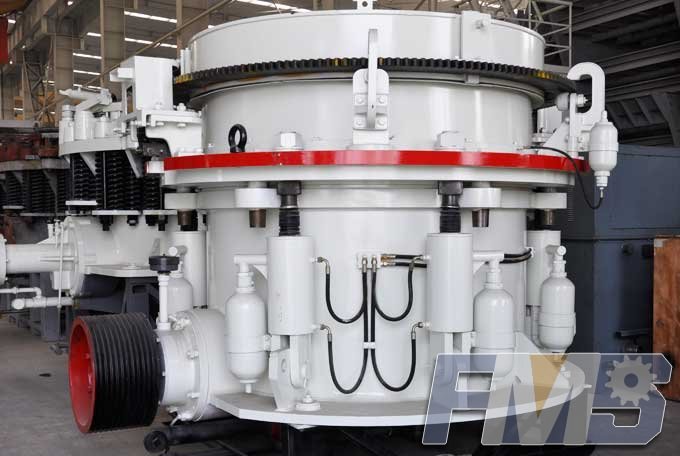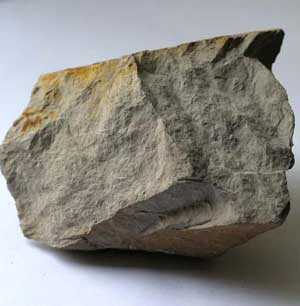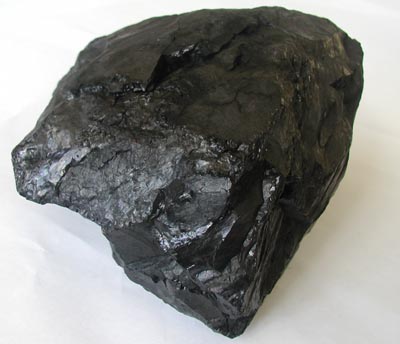Grinding of Raw Materials
After primary size reduction (crushing), the raw materials are further reduced in size by grinding. The grinding differs with the pyro-processing process used. In dry processing, the materials are ground into a flowable powder in mills. Typical dry grinding systems used are: tube mills (centre discharge), tube mills (air-swept), vertical roller mills and horizontal roller mills (only a few installations in operation so far). In a ball (or tube) mill, steel-alloy balls (or tubes) are responsible for decreasing the size of the raw material pieces in a rotating cylinder, referred to as a rotary mill. Rollers on a round table fulfill this task of comminution in a roller mill.
The fineness and particle size distribution of the product leaving a raw grinding system is of great importance in the subsequent burning process. The target given for these parameters is achieved by adjusting the separator used for classifying the product leaving the grinding mill. For dry classification, air separators are used. The newest generation, rotor cage type separators, have several advantages including:
- ower specific energy consumption of the grinding system (less over-grinding)
- increased system throughput (efficiency of particle separation)
- A more favorable particle size distribution and product uniformity
Accurate metering and proportioning of the mill feed components by weight is important for achieving a consistent chemical composition. This is essential for steady kiln operation and a high-quality product. Metering and proportioning is also an important factor in the energy efficiency of the grinding system.
Raw material preparation is an electricity-intensive production step requiring generally about 25-35 kWh/ton raw material, although it could require as little as 11 kWh/ton. Further energy is required to dry the raw material. The moisture content in the kiln feed of the dry kiln is typically around 0.5 % (0 – 0.7 %); waste heat from the kiln exhaust clinker cooler is commonly used for this purpose. For raw materials with relatively high moisture content, and for start up procedures, an auxiliary furnace may be needed to provide additional heat.
Tagged: Grinding of Raw MaterialsRaw Material Grindercement mill
Get Detail Information:
(If you do not want to contact to our online customer service, please fill out the following form, Our client manager will contact you later. We will strictly protect your privacy.)











